Info Sculpture |
Objectives
The technology under study will allow artists, sculptors, archaeologists, and researchers to view, analyze, and even reproduce artifacts digitally. As an initial demonstration sculptures made out of clay were digitized using an optical scanner and digital models created. The models thus created can form archives, which could be manipulated at any time to view, edit or fabricate. Scanning of Large Monuments and recreating them digitally is to be taken up. ApproachPoint clouds capturing using digital optical scanner and processing of point clouds, surface modeling and solid modeling with high end application software. Deploying reverse engineering and rapid prototyping technology, digital library and prototype are established. The database thus created can be used in future modification work or replication work as needed. Research for development of cheap and affordable sculpting tool using rapid prototyping and Rapid Tooling methods. Case Study - Digitizing a Hanuman IdolIndia boasts of a very deep rooted culture and is bestowed with many instances of human creation from various ages in the form of temple monuments and other artifacts. Though these forms of art have survived the test of time, many have been destroyed because of human evil in the form of war and terrorism. One feels that theses forms of art should be saved at least in the form of digital instance. This case study is a direct outcome of this zeal of ours. A digitizing exercise of a Hanuman idol carved from rock slab was taken up. The choice of the subject was of interest to us since we were evaluating optical scanners in digitizing sculptures made of rock. Optical scanners have a high rate of digitizing and are non-contact and these are the essential advantages of using them for scanning large stone monuments. Figure 1 shows the idol chosen for scanning. 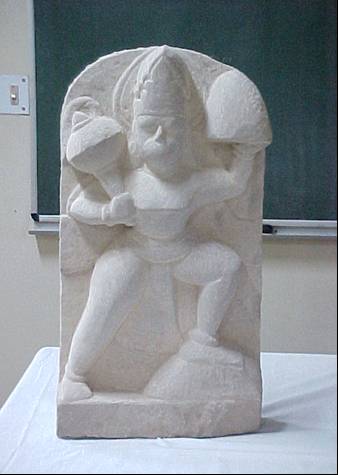
Figure 1: A Hanuman Idol The idol's gross dimensions are ~ 1.25 ft x 2.5 ft x 0.5 ft. The time taken to scan the idol was approximately half an hour. The point cloud was then sampled based on curvature to ~ 1,30,000 points. The time taken to process the data was 25 minutes on a P-III 1GB RAM UNIX Workstation. The critical issue here is the requirement of computers with high-speed processing and large memory for real-time handling of huge point cloud data. The optical scanner provides features for setting scan density according to size of the object and intricacy of features. The point cloud and the STL file of the Hanuman idol is shown in figure 2. 
Figure 2: Original Idol, Point Cloud and the STL created from it. The virtual cloud model now forms an indestructible medium of preservation. An instance of this model can be fabricated at any point of time. Other examples of point clouds are given in Figure 3. 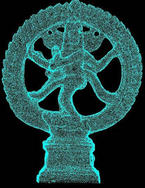 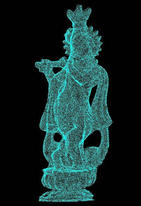 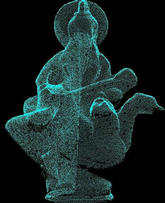
Figure 3: Point-Cloud Examples HardwareFor digitizing 3D objects, Faro Arm and ATOS II scanner are used at the CAD lab. The Faro Arm is a counter-balanced, temperature compensated, six degree of freedom measurement arm. It is constructed of anodized, aircraft aluminum with precision bearings. Proprietary, hybrid analog/digital transducers at each of six joints combine to provide complete point position (XYZ) and orientation (IJK). Another scanner, an ATOS II Optical digital scanner is also available at the lab. It is a non-contact scanner and gives very high precision readings. 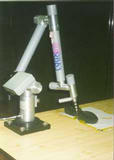 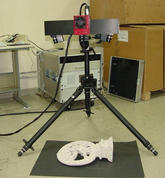
Figure 4: Faro Arm and ATOS II Scanner The main Rapid Prototyping (RP) source at IIT Kanpur is a Fused Deposition Modeling (FDM) RP system at Computer Aided Design Lab (CAD Lab), a central facility of the institution. The system is Stratasys FDM 1650, equipped for prototyping with ABS plastic. It can build models of size upto 254*254*254 mm (10*10*10 inch). Another RP machine in the lab is a Solid Ground Curing (SGC) system. The system is Cubital Solider 5600 and is an industry class machine. For data acquisition for RE at CAD Lab, a Silver Series FARO arm is used. Vacuum casting system, Epoxy Tooling, Arc Spray Gun and Low Melting Alloy Furnace all from HEK are the Rapid Tooling (RT) facilities available at the CAD Lab. The main computing facilities at CAD Lab are two Silicon Graphics Workstations on IRIX platform, several PCs with 512MB RAM and 40GB local disks. 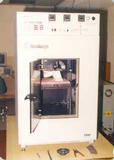 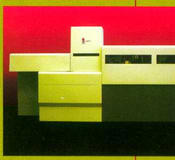
Figure 5: StrataSys FDM and Cubital Solider SGC SoftwareAlmost all CAD systems are capable of exporting part models in the .STL format. Different fabrication methods exist for RP but nearly all (including FDM) use the same geometry input format called STL (Stereo Lithography), which consists of a list of triangular facet data. The STL format has advantages due to its simple structure and ease of use and availability of robust computational algorithms. I-DEAS Master Series, CATIA and AutoCAD (solid modeling), Surfacer, RE Software in the CAD Lab are capable of exporting the data in the specified format. The data in the STL format is converted to machine language for FDM using Quick-Slice and for SGC using Data Front End. |
Project InvestigatorsProf S G DhandeDr. A.Chatterjee |

|
|
| Page updated on Tue Nov 16 11:10:37 IST 2004 |
